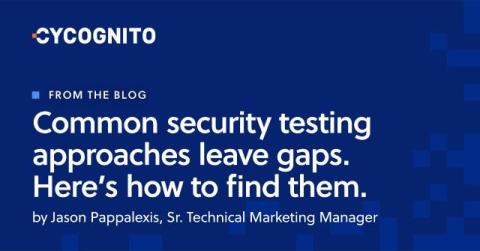New Ransomware Threat Group, RansomHub, is so Effective, the NSA is Already Warning You About Them
The latest evolution of the ransomware service model, RansomHub, has only been around since February of this year, but its affiliates are already successfully exfiltrating data. You know you’re a problem when the U.S. government puts out a notice about you. That’s the case for RansomHub — the latest iteration of a ransomware as a service group formerly working under the names Cyclops and Knight.









